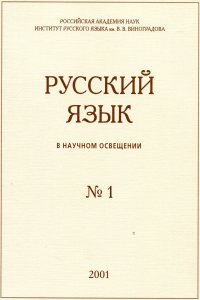The New Testament in the translation of the circle of Epiphanius Slavinetsky and the Polish translation tradition of the 16th century: Translation of Summae in the Apostolos
Abstract:
This study deals with the translation of the New Testament made by a group of translators of the Moscow Printing Court under the leadership of Epiphanius Slavinetsky and Euthymius Chudovsky in the second half of the 17th сentury. It is shown that the original of the so-called arguments (summae) of the Acts, Epistles and Apocalypse was taken from the edition of the New Testament translated from Latin Vulgata into Polish by the Jesuit Jakob Wujek, published in 1593. There is a difference between the arguments in Apostolos and Apocalypse, on the one hand, and the arguments in the Gospels, on the other hand. The Church Slavonic translation of the arguments in the Gospels had an additional source (or sources), which is yet to be established. The translation technique of the arguments is analysed in comparison with the translation of the main text. It is found that the principles of the translation from Greek as the language of the sacred texts are transferred to the translation from Polish. Cases of double motivation of the choice of lexemes and constructions are established (when a calque from Greek is supported by an analogous Polish construction). In all probability, the interpreter of arguments was monk Euthymius of Chudov monastery, who led the team of translators after the death of Epiphanius Slavinetsky. The difference between the translation of the arguments of the Gospels, on the one hand, and those of Apostolos and Apocalypse, on the other hand, could be evidence that the translation occurred in two stages (before 1675 and in the 1680s and 1690s).


